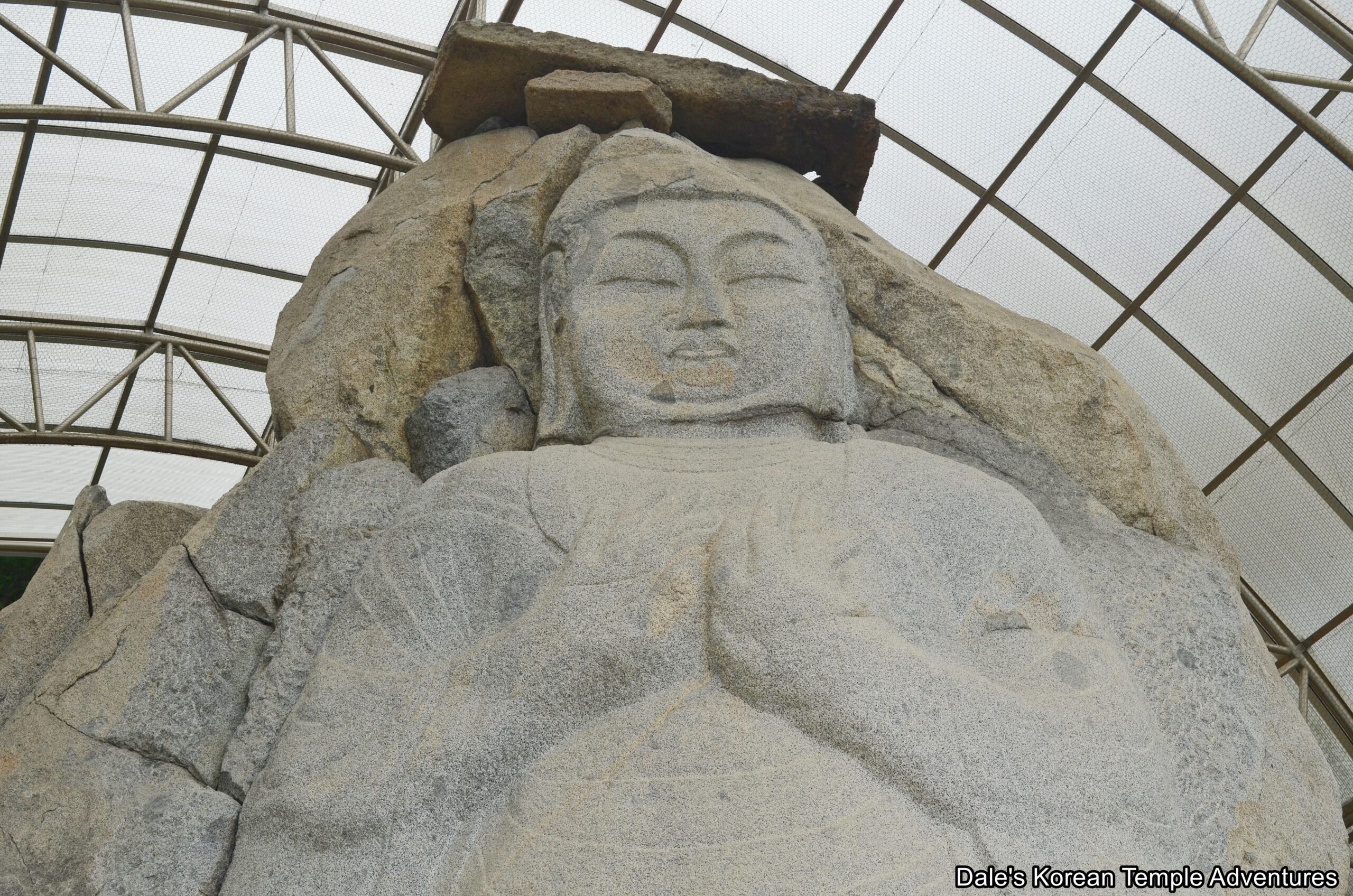
The History and Design of the Image
The “Rock-carved Standing Buddha in Hwangsang-dong” is located in northeastern Gumi, Gyeongsangbuk-do hidden behind a row of factory buildings. These factories shield people from being able to see this high relief image of Amita-bul (The Buddha of the Western Paradise) from the road.
It’s presumed that this high relief carving of a standing Amita-bul was first made around the turn of Unified Silla (668-935 A.D.) and Goryeo (918-1392) periods in the 10th century. The relief is carved on the southeastern surface of a huge rock cliff. The image measures an impressive 7.3 metres in height. In addition to both its age and height, the high relief image is Korean Treasure #1122.
According to a legend, a general was being chased by the enemy, but his life was saved by a woman who helped him hide behind a large rock. Later, the general considered this woman to be a Buddha, so he had an image of Amita-bul carved onto this rock. This would become the “Rock-carved Standing Buddha in Hwangsang-dong.”
As for the design of the high relief image, Amita-bul has a large protruding bump on its head. This is meant to symbolize his wisdom. The three creases around his neck represent the “three destinies” of affliction, actions, and suffering. His eyes are gently closed. It also has a thin nose and small lips. Both of its ears are elongated. The robe of Amita-bul hangs lightly over the arms. The hands are raised to its chest, and the statue has the left hand with the palm turned inward and the right hand has its palm turned outward. A flat stone was placed atop the rock cliff to serve as a protective canopy for the statue.
How To Get There
The simplest way to get to the “Rock-carved Standing Buddha in Hwangsang-dong” from the Gumi Intercity Bus Terminal is to take a taxi. The ride should take about 15 minutes, over 13 km, and it’ll cost you 13,000 won (one way).
Otherwise, you can take Bus #900 from the Gumi Intercity Bus Terminal. You’ll need to take this bus for 10 minutes and get off at the “금오공대입구 – Geumo Gonddae-ipgu” bus stop. From this bus stop, you can catch either Bus #90 or Bus #93. You’ll need to take this bus for 11 stops, or 12 minutes, and get off at the “델코전지 하차 – Delko Jeonji” bus stop. From where the bus drops you off, you’ll need to head north for about 800 minutes, or 13 minutes, and look for the “미애사 – Miaesa Temple” sign. The “Rock-carved Standing Buddha in Hwangsang-dong” is to the left rear of a large factory building.
Overall Rating: 4/10
There’s a modern temple next to the “Rock-carved Standing Buddha in Hwangsang-dong” named Miaesa Temple. But rather obviously, the main highlight in the area is the high relief image of Amita-bul. The large 7.3 metre tall image is impressive in both its size and elegant design. When visiting this image of Amita-bul, take your time to take it all in. This image is a masterful representation of Unified Silla/Goryeo design.

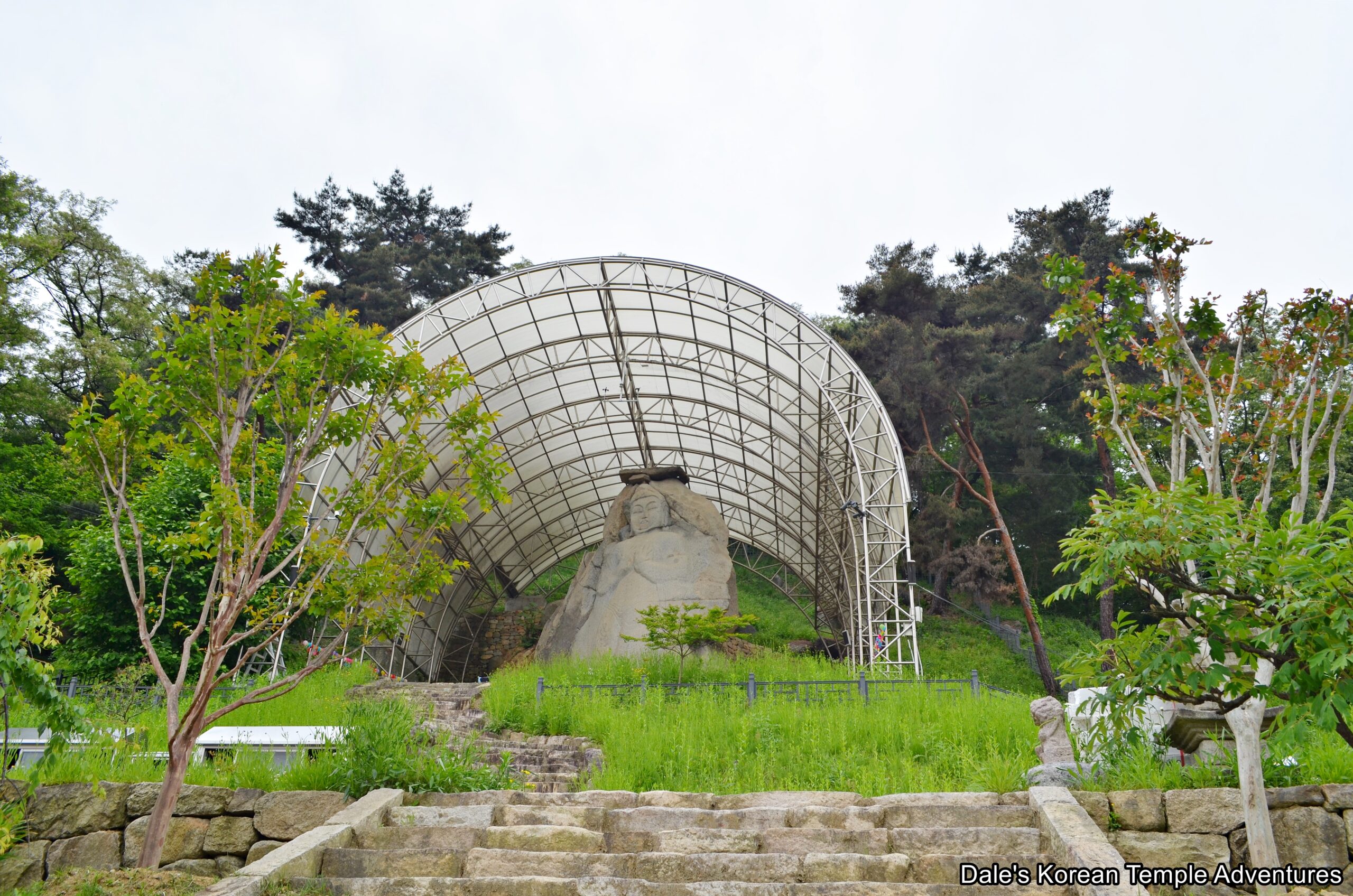
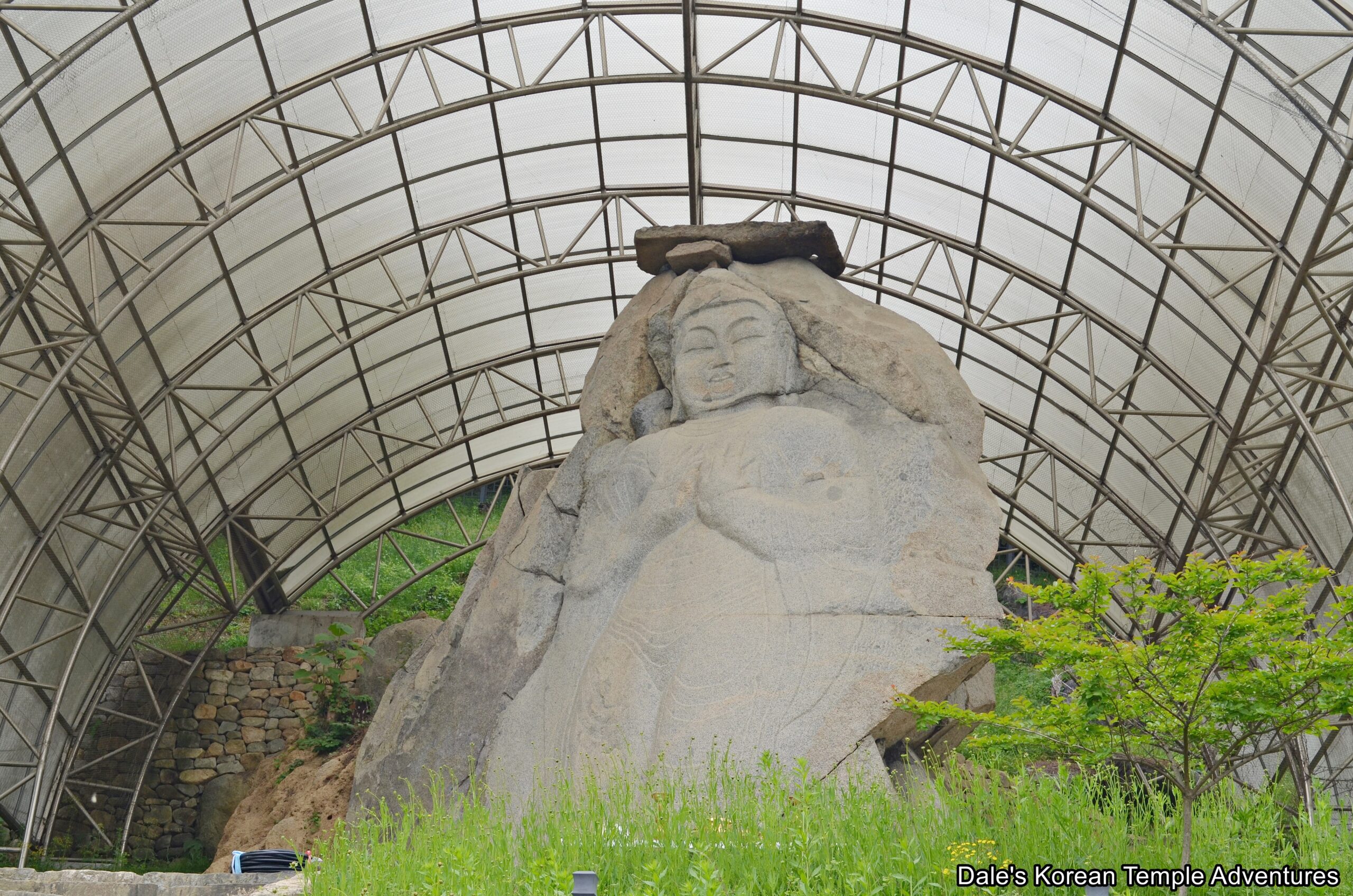
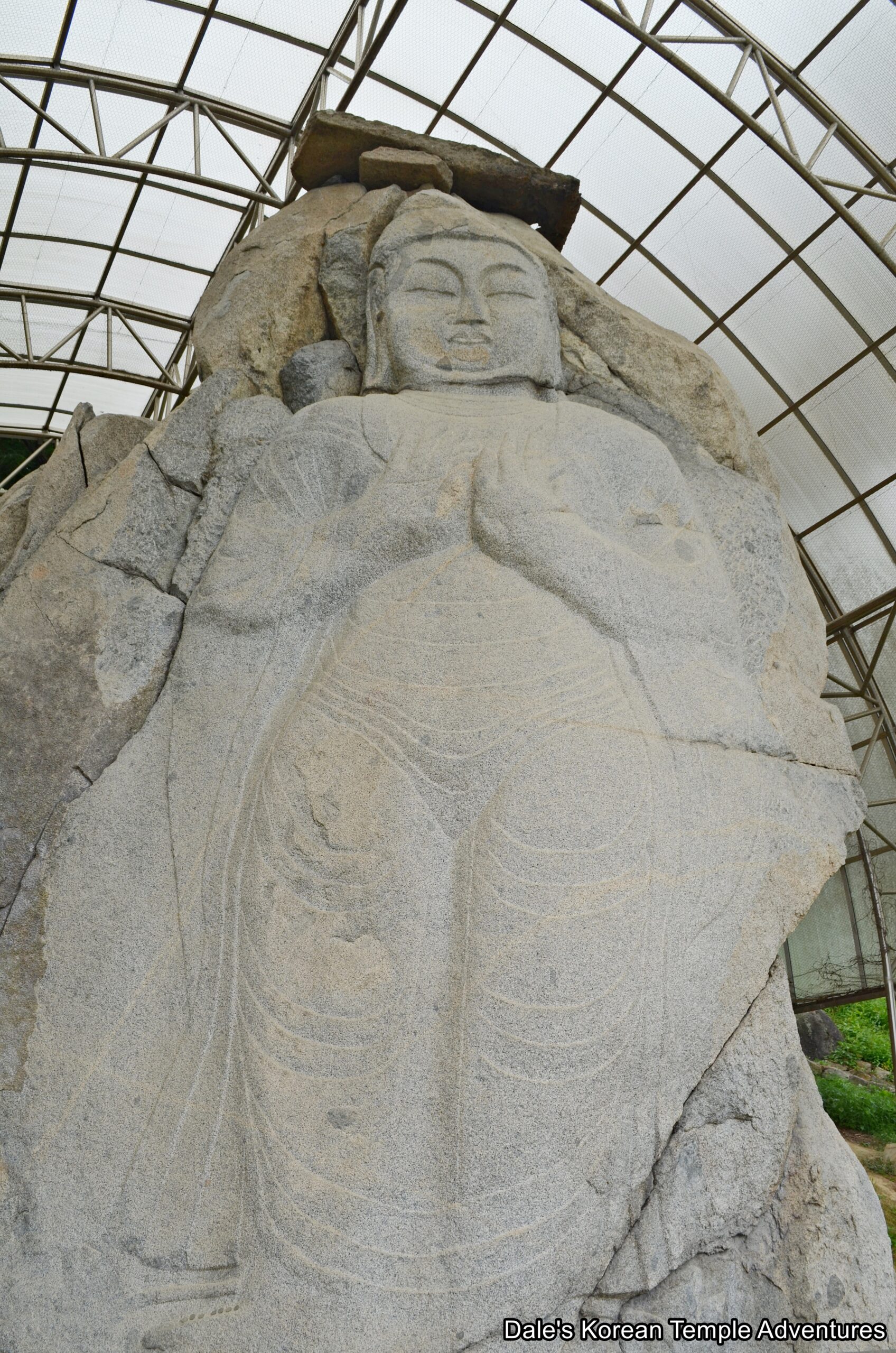
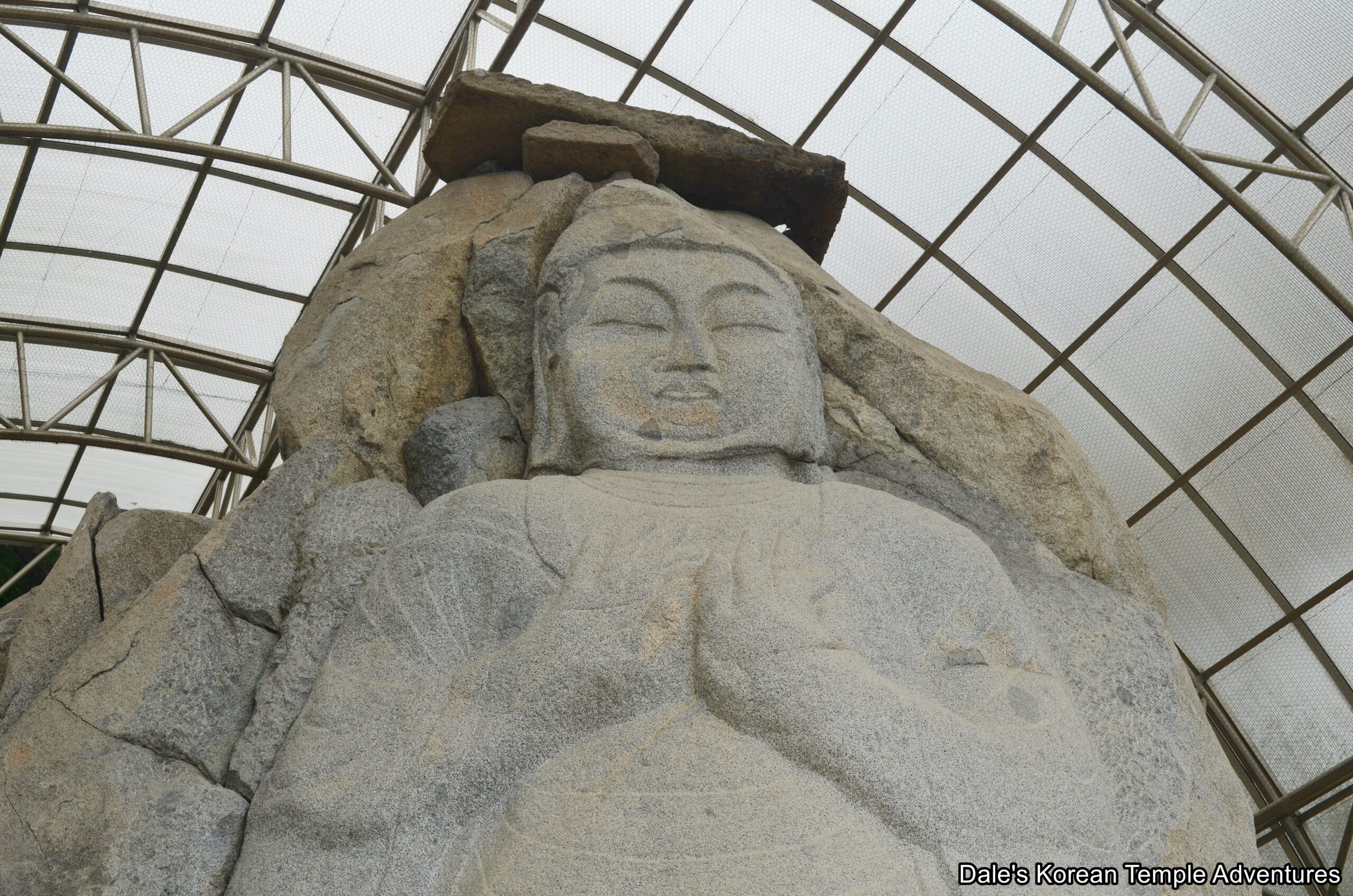
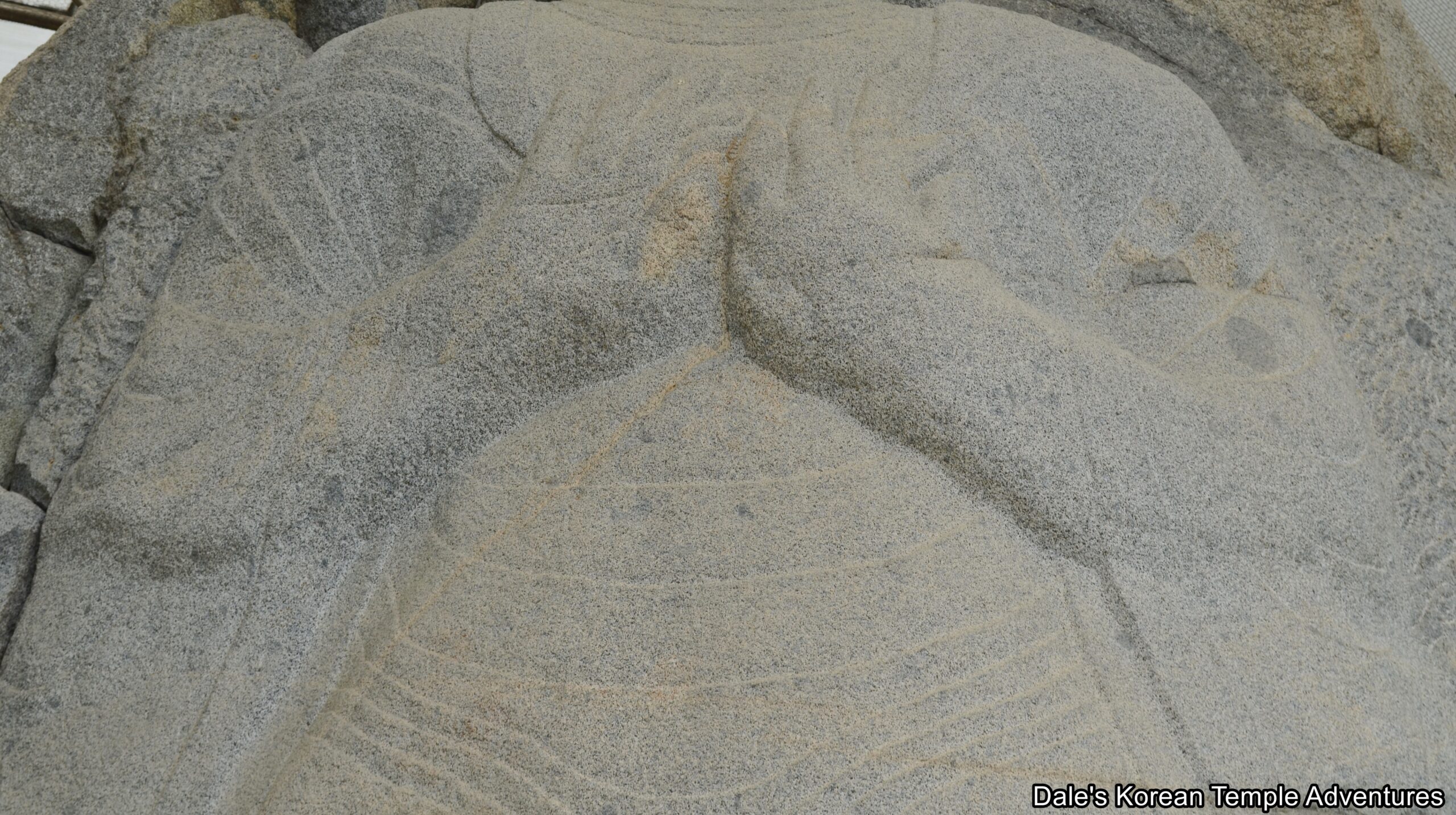
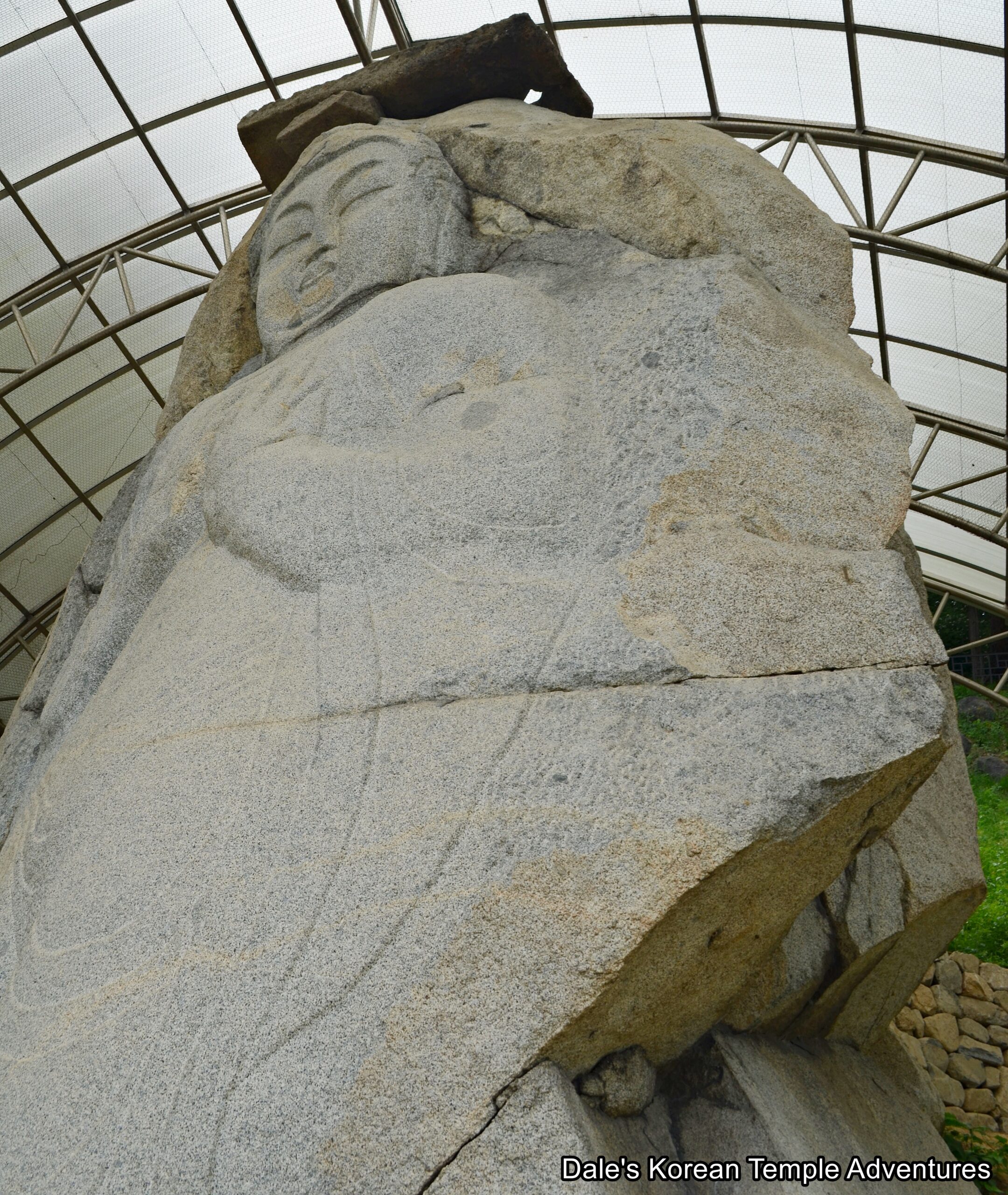
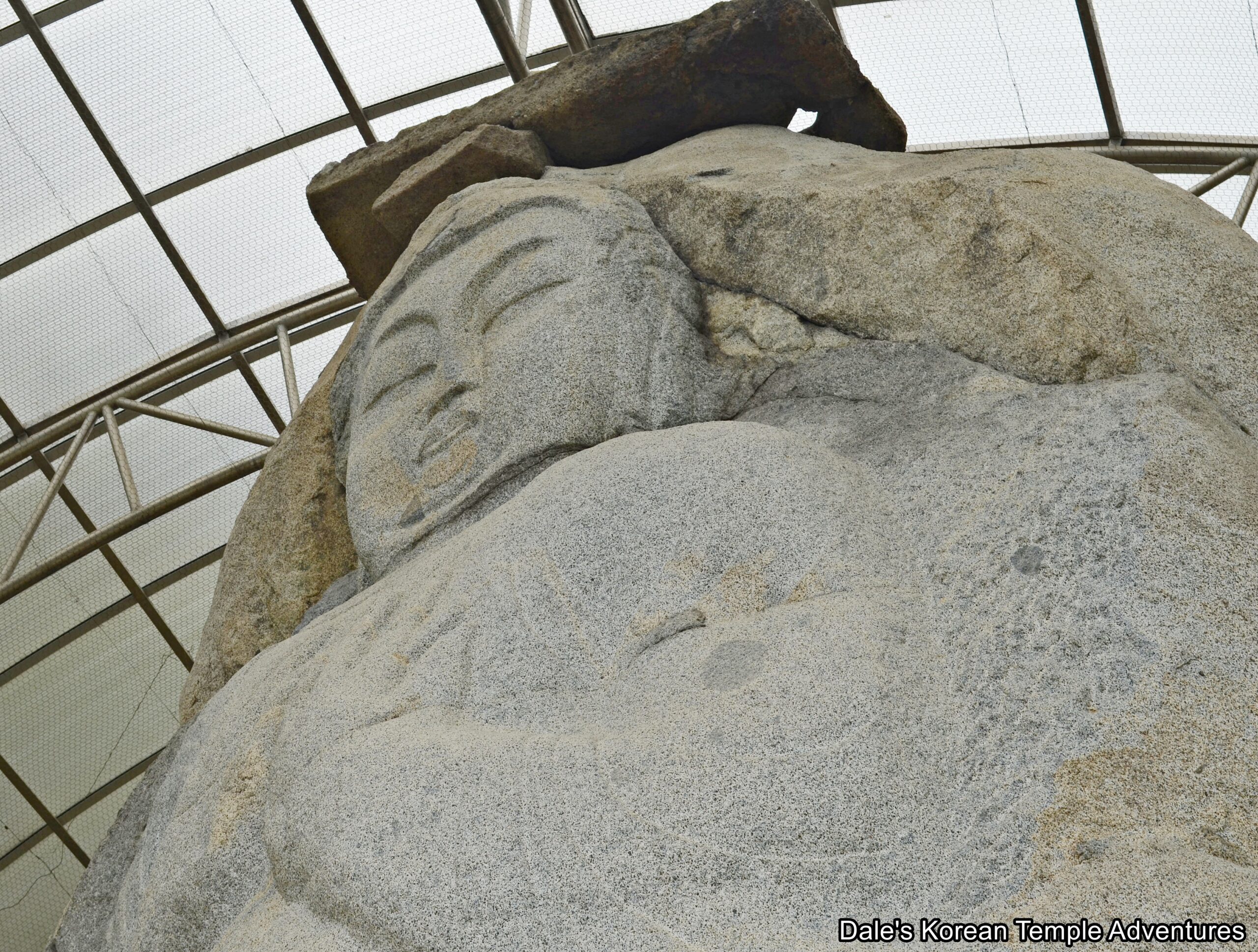


Recent comments